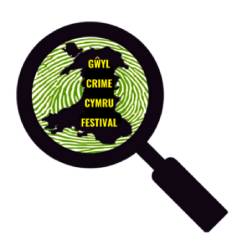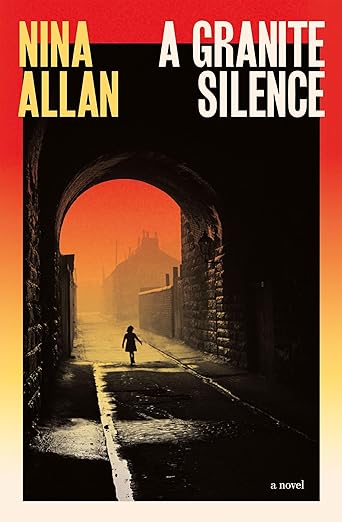European Literature – Finland
Day 3 of #BookTrailNordic Week in collaboration with European Literature Network takes you to Finland for some Finnish fiction you won’t want to miss…
Today, the fine translator David Hackston who speaks the language, translates it into English and lives in Helsinki himself describes the fiction from this part of the world:
More Nordic fiction in the world…
It is perhaps fair to say that the recent phenomenon of Nordic Noir – sparked by popular TV shows such as Wallander, The Bridge, Borgen and The Killing – has propelled Nordic fiction to new heights of popularity around the world. This development is to be welcomed wholeheartedly, as only a decade ago the idea of watching subtitled drama or reading translated fiction would have turned off most English speakers. This precipitous rise in popularity has brought with it many fringe benefits too: firstly, it has increased interest in literature and culture outside Scandinavia and, secondly, it has lowered the threshold for translations of works outside the crime-fiction bubble.
Finnish literature
Finnish literature in translation has long lagged behind its Scandinavian counterparts, in no small part because there are simply fewer translators who work from Finnish (a Finno-Ugric language and a daunting task for any prospective student) directly into their native tongue. Thanks to the unflagging work of organisations such as FILI (the Finnish Literature Exchange) and a shift in readers’ general view of translation, this is now changing. With regard to translations from Finnish, the watershed moment came at the Frankfurt Book Fair 2014, which showcased Finnish literature. Since then the number of translations has increased dramatically.
 Finnish fantasy…
Finnish fantasy…
Elements of fantasy and magic realism have found their way into many books recently translated into English, notably Salla Simukka’s Snow White Trilogy, described as “Lisbeth Salander for a young-adult audience”. Pajtim Statovci’s striking debut novel My Cat Yugoslavia incorporates elements of magic realism into a historical narrative about displacement and the realities of life as an immigrant in a foreign culture.
The effects of history…
Like many countries, Finland was left deeply traumatised, first by its own Civil War (1918) then by World War II. From Väinö Linna’s 1954 classic The Unknown Soldier onwards, the war and its repercussions represent a constant strand in much Finnish literature.
 Historical fiction in general now increasingly explores associated historical themes, lesser known outside Finland. Aki Ollikainen’s White Hunger provides a compelling – if grim – account of the Great Famine of 1866-68. Katja Kettu’s expansive novel The Midwife explores the intense relationship between a local midwife and a German soldier during the Lapland War of 1944.
Historical fiction in general now increasingly explores associated historical themes, lesser known outside Finland. Aki Ollikainen’s White Hunger provides a compelling – if grim – account of the Great Famine of 1866-68. Katja Kettu’s expansive novel The Midwife explores the intense relationship between a local midwife and a German soldier during the Lapland War of 1944.
As with all national literatures, a literary “canon” exists in Finland, though it is often specifically works that exist outside that canon that can be the most fascinating and rewarding for readers elsewhere.
There is still so much to discover.
More Books set in Finland here
By David Hackston
David Hackston is a British translator of Finnish and Swedish literature and drama. He graduated from University College London in 1999 with a degree in Scandinavian Studies and now lives in Helsinki, where he works as a freelance translator. In 2007 he was awarded the Finnish State Prize for Translation.
This is adapted from an article which was first published in The Riveter, magazine from the European Literature Network





